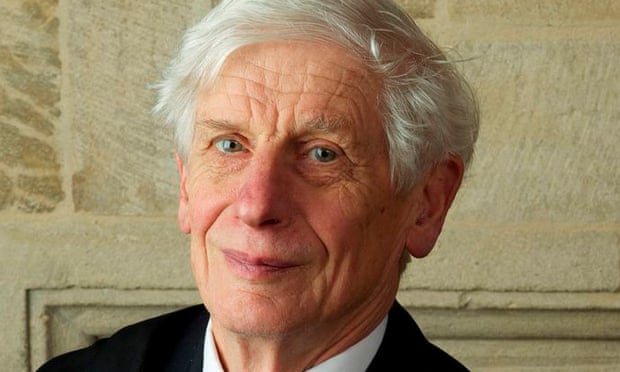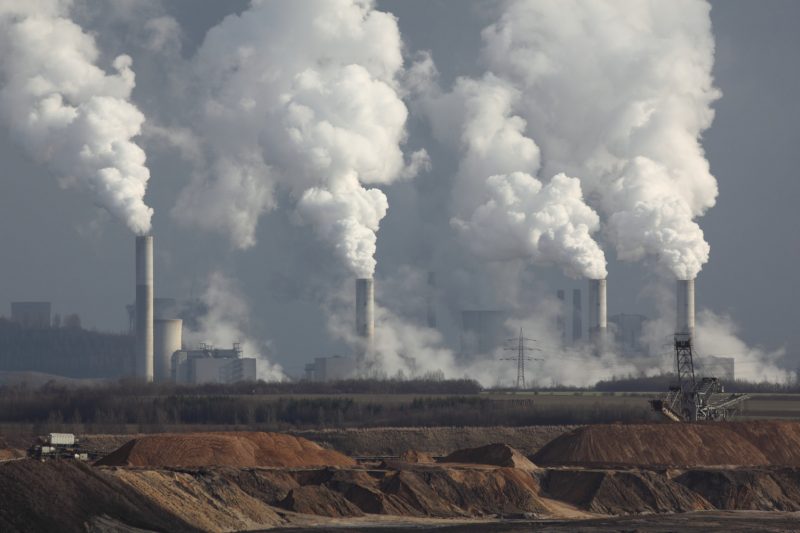 |
| David Thouless, working with Michael Kosterlitz, overturned a theory that had held sway for at least 30 years. |
David Thouless, who has died aged 84, won half of the 2016 Nobel prize in physics, the other half being shared by Duncan Haldane and me. David and I solved an interesting theoretical problem by introducing some new ideas with important implications, and so unknowingly created a new field in the discipline.
Our main innovation came from topology: the mathematical study of the properties preserved when objects are twisted, stretched or crumpled, properties that change only step by step. From 1972 to 1974 we sought a theoretical explanation of a phase transition, a change of state such as water turning into steam and back to water again. The one we examined was from a high-temperature disordered phase, a gas, to a low-temperature partially ordered one, a liquid, in an arrangement operating in two dimensions – a thin film or layer of something not supported by anything else. Previously it had been thought for very good reasons that such a phase transition could not happen in two dimensions, but only in three or more.
David and I managed to overturn that at least 30-year-old theory. We demonstrated that superconductivity, an electrical current flowing with no resistance, could occur at low temperatures in a very thin film. This opened up a hitherto unknown way of doing physics, revolutionised knowledge about phase transitions and later led to understanding topological insulators, which in turn may be used for developments including quantum computers, operating at a much higher level of complexity than conventional ones.
We took up the challenge of a conflict between theory and observation, and were the ideal pair to do so. David was a physical and mathematical genius who knew and understood all the conventional wisdom that said a transition could not exist, but had a very flexible mind that was always prepared to discard conventional wisdom if necessary. On the other hand, I was an energetic postdoctoral researcher looking for any interesting problem in any branch of physics. David talked about concepts that were all completely new to me, and left my head spinning.
After refining the calculations that I took back to him, he decided that we should write them up for publication. The resulting couple of articles in the Journal of Physics C: Solid State Physics did not engender much interest for some years, but in 1978 theory and experiment came together, and in the early 1980s David undertook further research with Haldane.
By the time the Nobel for the three of us came, four decades after the start of the work, David’s mind was affected by dementia. However, he was well enough to enjoy every moment of the Nobel week in Stockholm that we experienced together. I hear that he subsequently enjoyed leafing through the album of photos and mementos assembled by his family.
Born in Bearsden, a northern suburb of Glasgow, David was the son of Robert Thouless, a psychologist and academic, and his wife, Priscilla (nee Gorton), a teacher. At the age of four David taught himself to read, write and count to large numbers. His education started at St Faith’s school for girls in Cambridge, where he was taught with pupils who were two years older. He then attended a boys’ prep school and Winchester college.
From there he went to Trinity Hall, Cambridge, and, following his bachelor’s degree in mathematics, gained a PhD in theoretical physics under Hans Bethe at Cornell University, in Ithaca, New York (1958). After a year at the Lawrence Radiation Laboratory in Berkeley, California, he returned to Britain as a research fellow at Birmingham University (1959-61), working under Rudolf Peierls.
At Churchill College, Cambridge (1961-65), David was director of studies in physics and a university lecturer. He then went to Birmingham University as professor (1965-78), Yale (1979-80), and the University of Washington (1980-2003) in Seattle.
As well as being a giant of theoretical physics, David was a deeply religious and very moral person. He never let others down and always kept all promises, regardless of how inconvenient they might be.
An initial accidental encounter with him in Cambridge in 1962 had left me very impressed with his grasp of advanced mathematics. I got to know him properly at Birmingham in 1970, and began to appreciate the loneliness of a man who did not understand that he was much cleverer than most people he found himself talking to.
David wrote two books on quantum subjects, and with me a chapter in the collection 40 Years of Berezinskii-Kosterlitz-Thouless Theory (2013). He was elected a fellow of the Royal Society (1979) and a member of the US National Academy of Sciences (1995), and awarded the Wolf Prize in Physics (1990) and the Dirac Medal (1993).
In 1958 he married Margaret Scrase, who went on to become a professor of pathobiology. She survives him, along with two sons, Michael and Christopher, and a daughter, Helen.
Source - The Guardian


